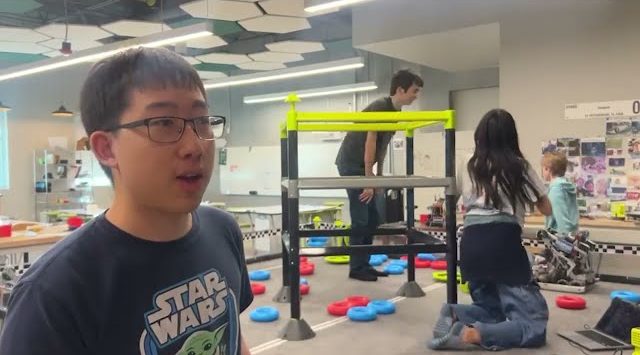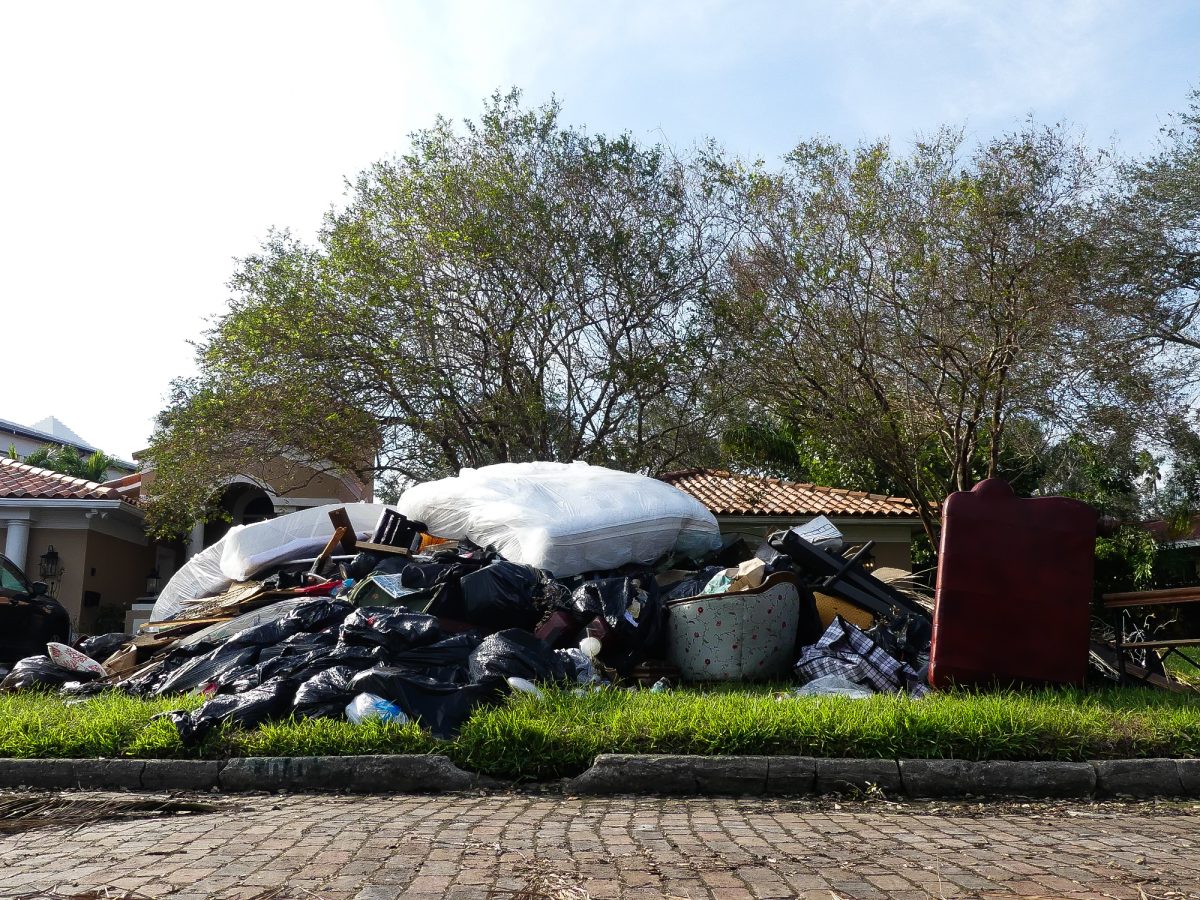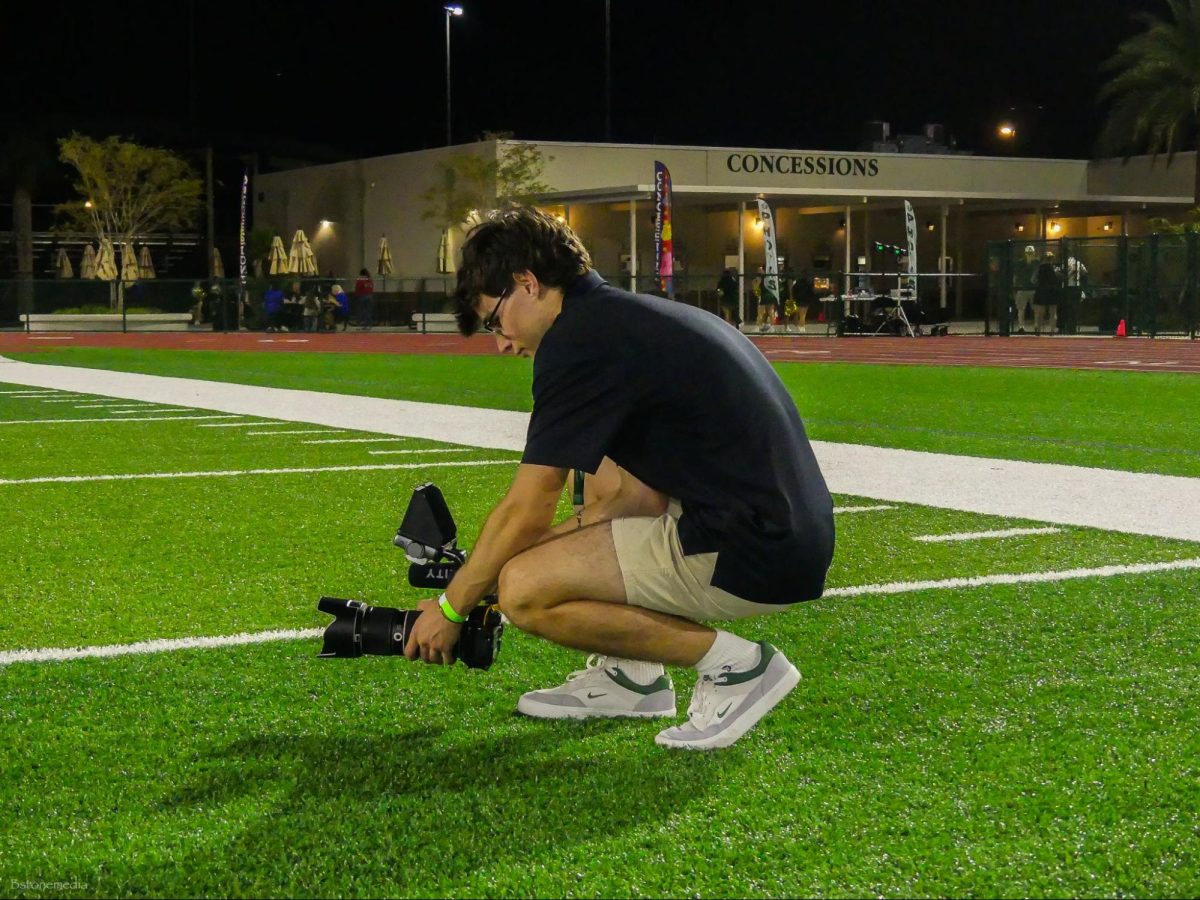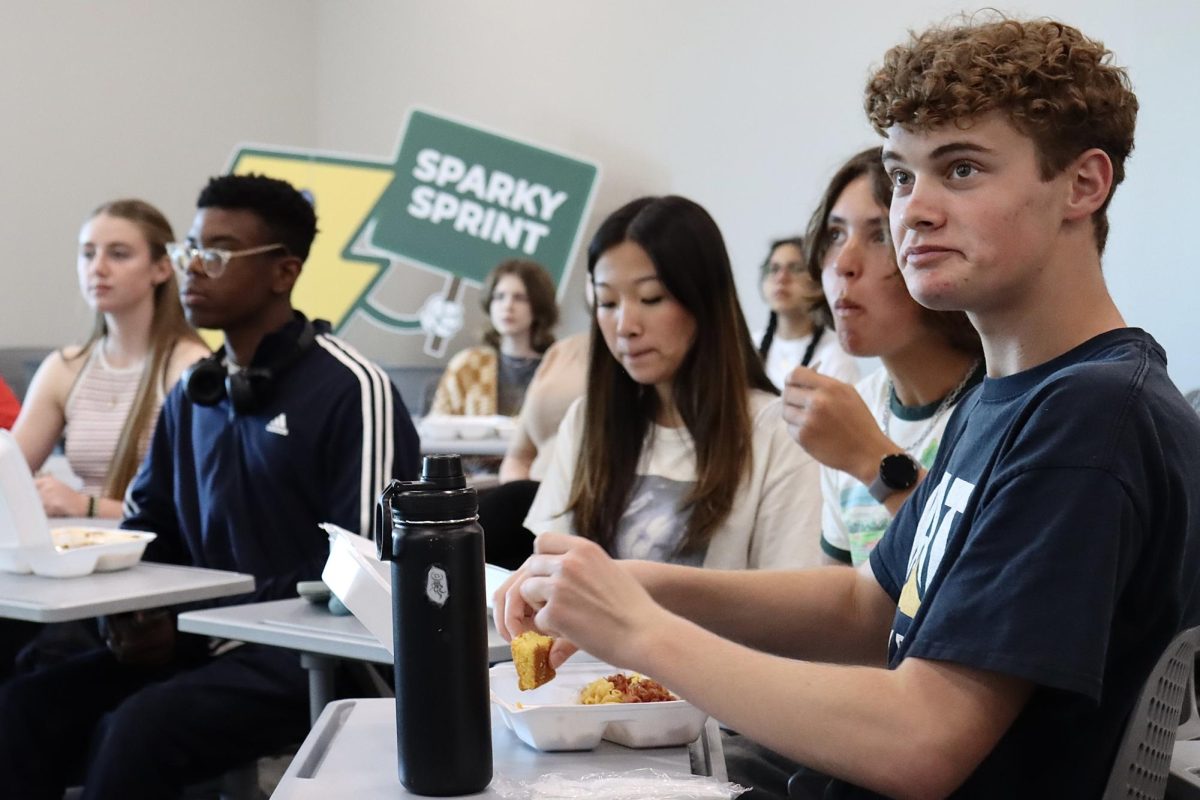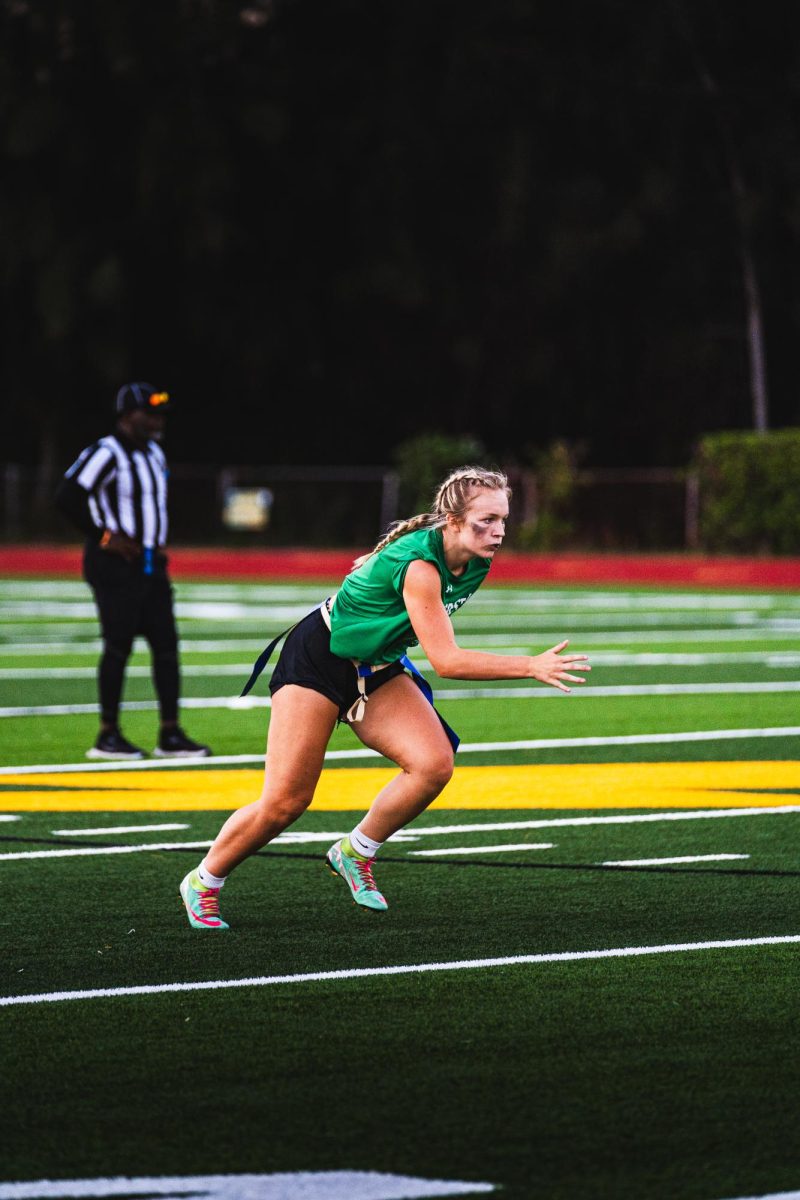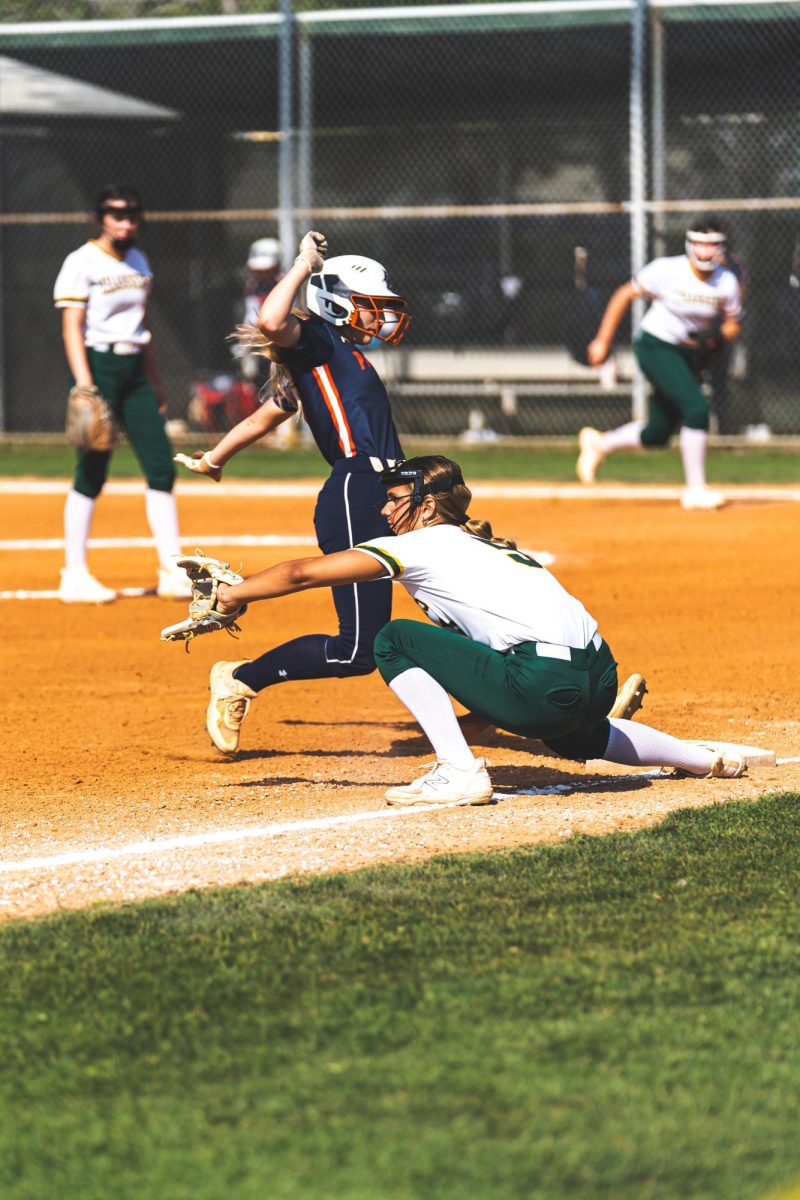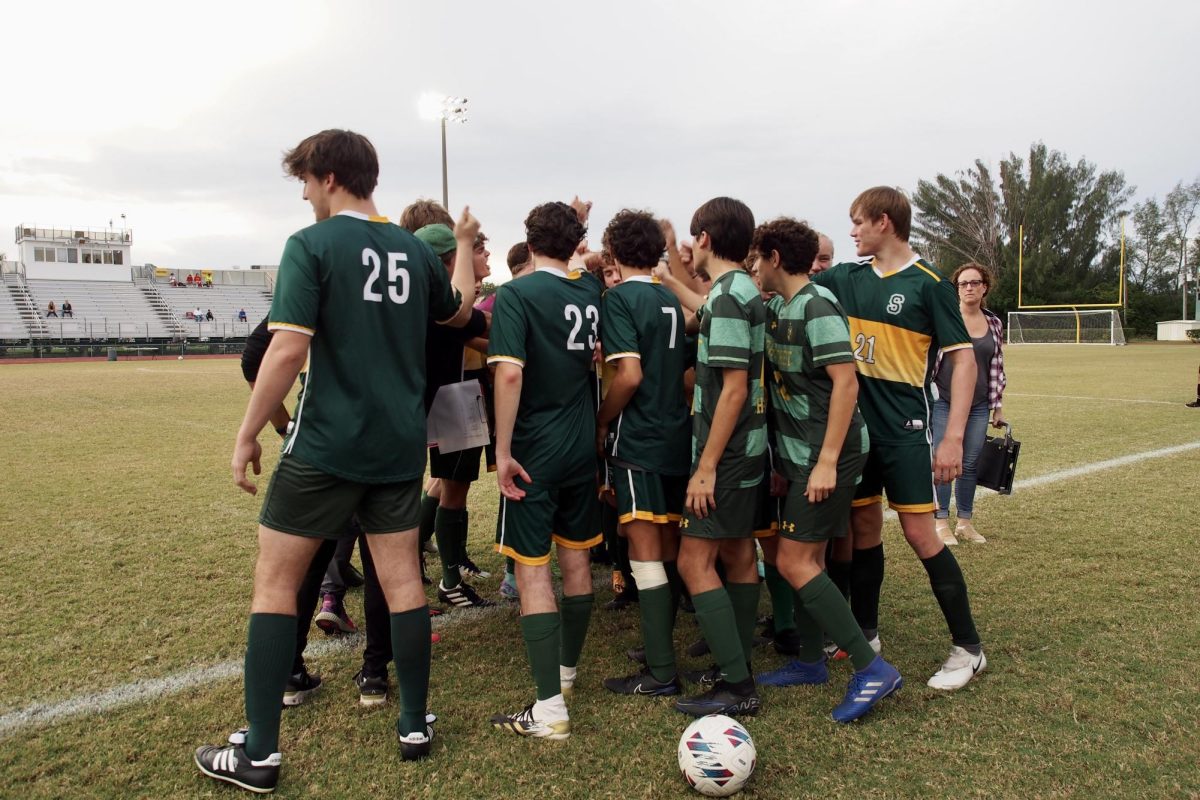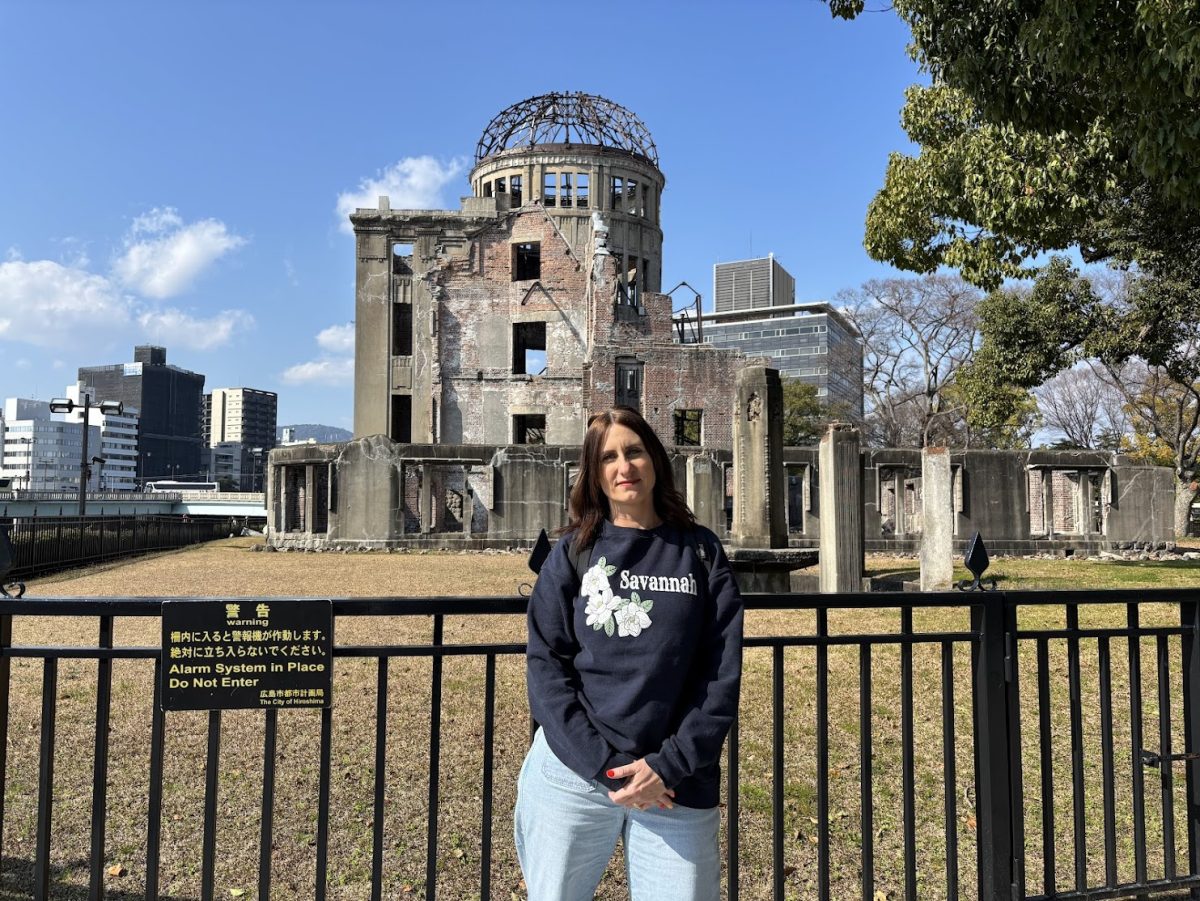Walking through a city with soft pink cherry blossom petals falling at your feet, serene temples painted bright red, and eating at crowded restaurants serving champon and okonomiyaki can be delightful for tourists. This may now be common life in Nagasaki and Hiroshima, but almost 79 years ago, these booming cities were decimated.
US Social Studies Department Chair and GSI Director Kayla Brazee took an eight-day trip to Japan, provided by Shorecrest’s Teacher Fund, a fundraising drive that took community donations directly to the classroom and/or professional development for teachers. As a history teacher, she wanted to see the effects that the two atomic bombs had on the population. Her main focus was to study the hibakushas–bomb survivors–and learn from their perspectives. The primary goal of her work was to understand the strength of the collective memory of the survivors and learn how their lives were changed.
Brazee took advantage of the opportunity to interview hibakushas using questions her students created for them. One such student, junior Anton Ho, asked the question, “How would one respond to the argument that nuclear weapons may actually be beneficial to promoting peace due to the fear of mutually assured destruction?”
One hibakusha that Brazee interviewed, Takeshi Yamakawa responded that it might be true that nuclear weapons cause fear, but issues still occur. He asked her, “How many weapons does the US have?” Brazee told him somewhere around 5,000. Then he told her, “but 9/11 happened? Whoever attacked the US didn’t feel like there was anything to lose.”
Aside from the interviews, she visited many historical monuments such as Nagasaki National Peace Memorial Hall for the Atomic Bomb Victims and Hiroshima Peace Memorial Museum. The museum holds the remains of a child’s burnt lunch box and clothes from survivors. “All of the artifacts, the clothes, the kid’s lunch box, the tricycle, gosh, it’s so much, it’s hard to wrap your head around. By the time I got through the last video, I couldn’t help but spend a moment in the park and just cry,” said Brazee.
Her emotional research was not just for herself, though, but for her students. During her visit to the museum, she was able to retrieve a video to show to her students. This video documents hibakushas’ accounts from the day of the bombing, how they survived, and what they witnessed.
When Brazee showed the video to her students, some of their outlooks on the situation changed, with emotions running high in the classroom.“Honestly, before the video, it sounds kind of bad, but I was definitely indifferent to the situation, because obviously I know that’s not realistically happening today, but after watching the video, I definitely feel against it since so many people’s lives were changed forever,” said sophomore Claire James.
This trip to Japan not only reminded everyone of the historical impact it left on the country, but also the lifelong impact it left on the people. Junior Logan Phares-Robinson agreed. He said, “Not only that, but I have a newfound respect for those who live in Japan that have decided to not pay it back, but to pay it forward, deciding to help the world in the fight for peace instead of feeling contempt and the need for revenge.”




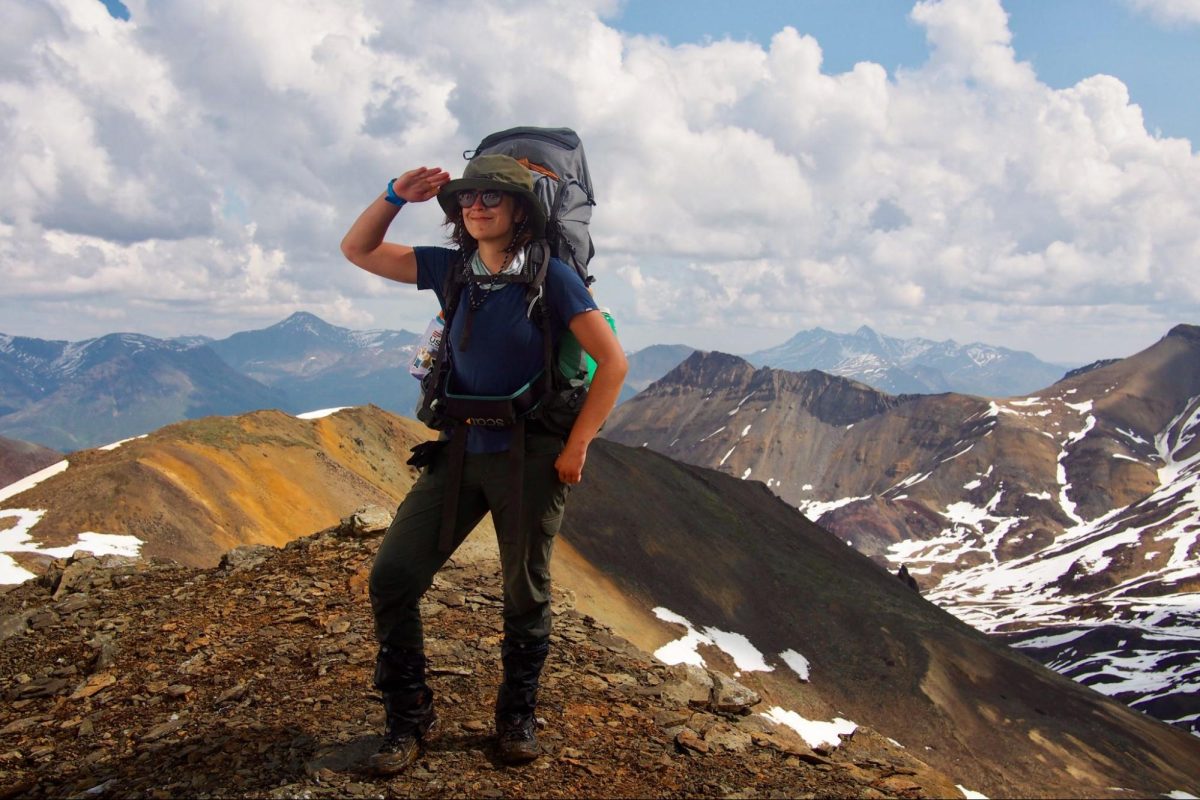
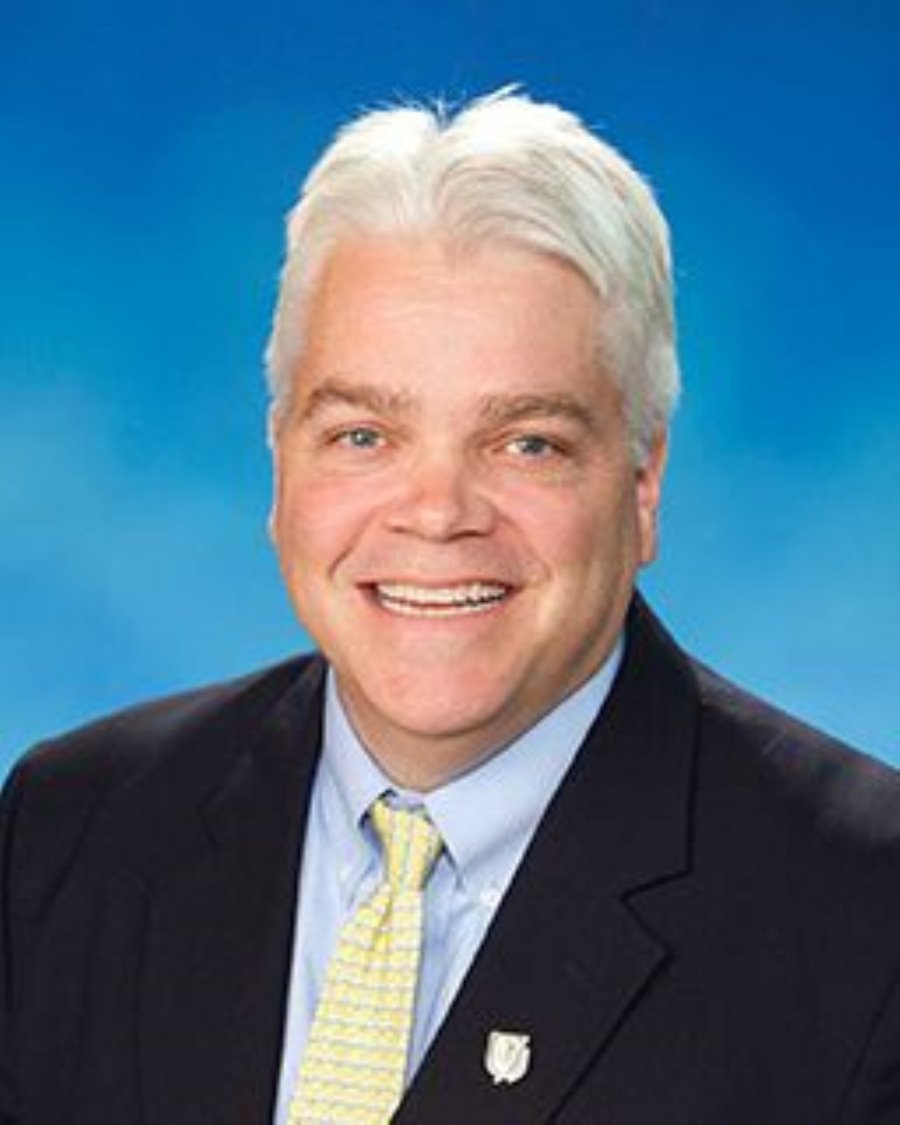


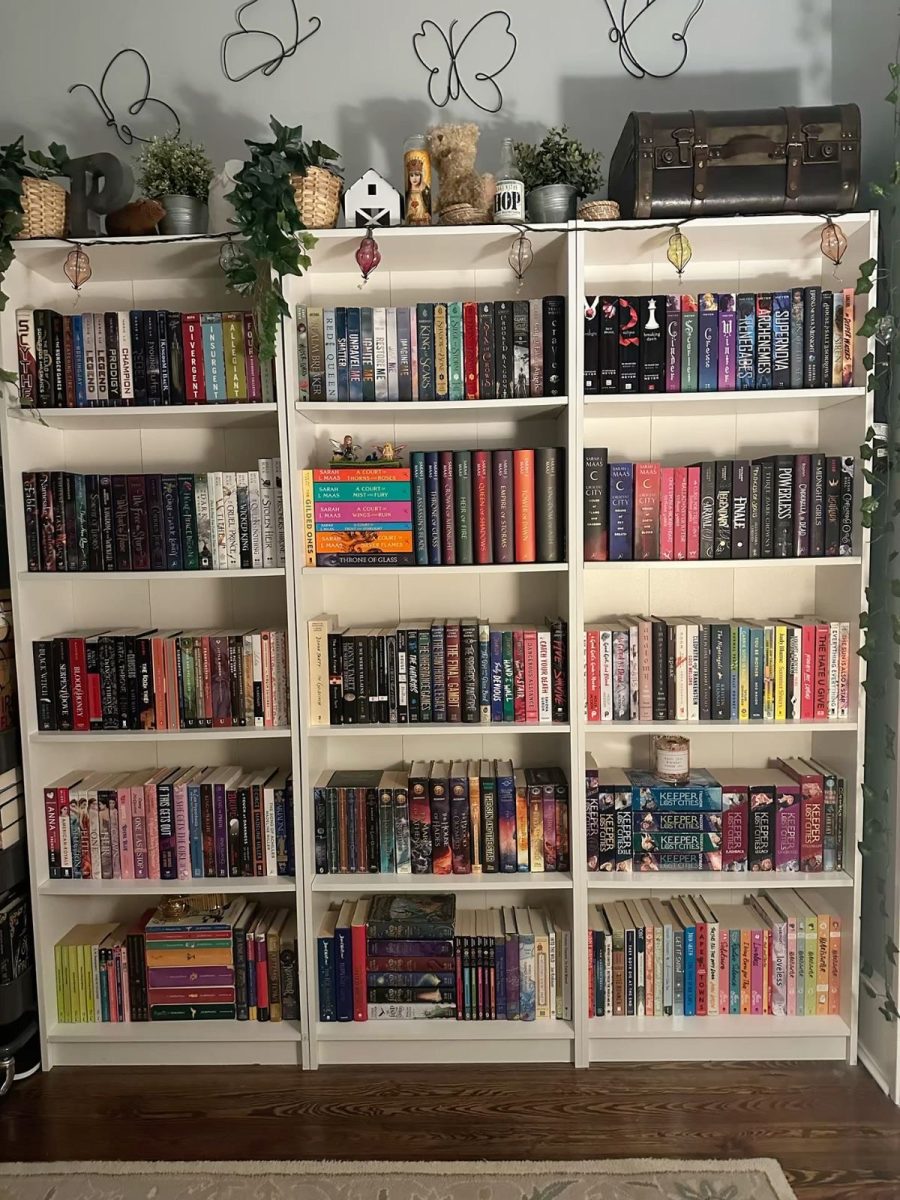



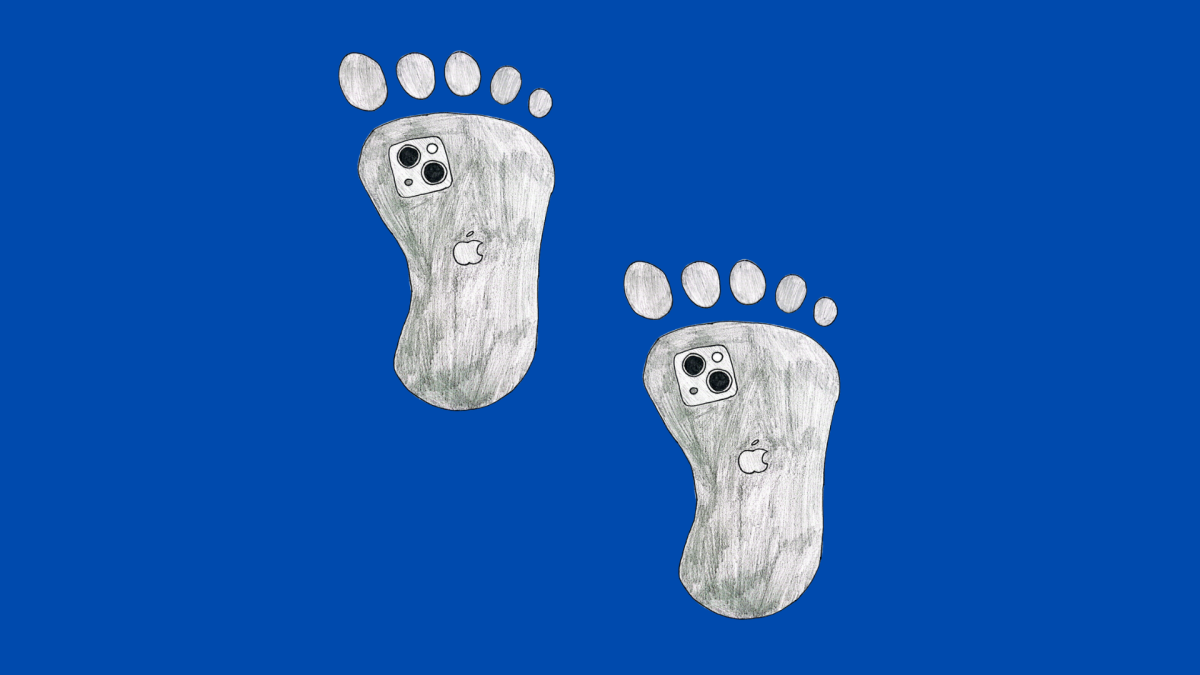

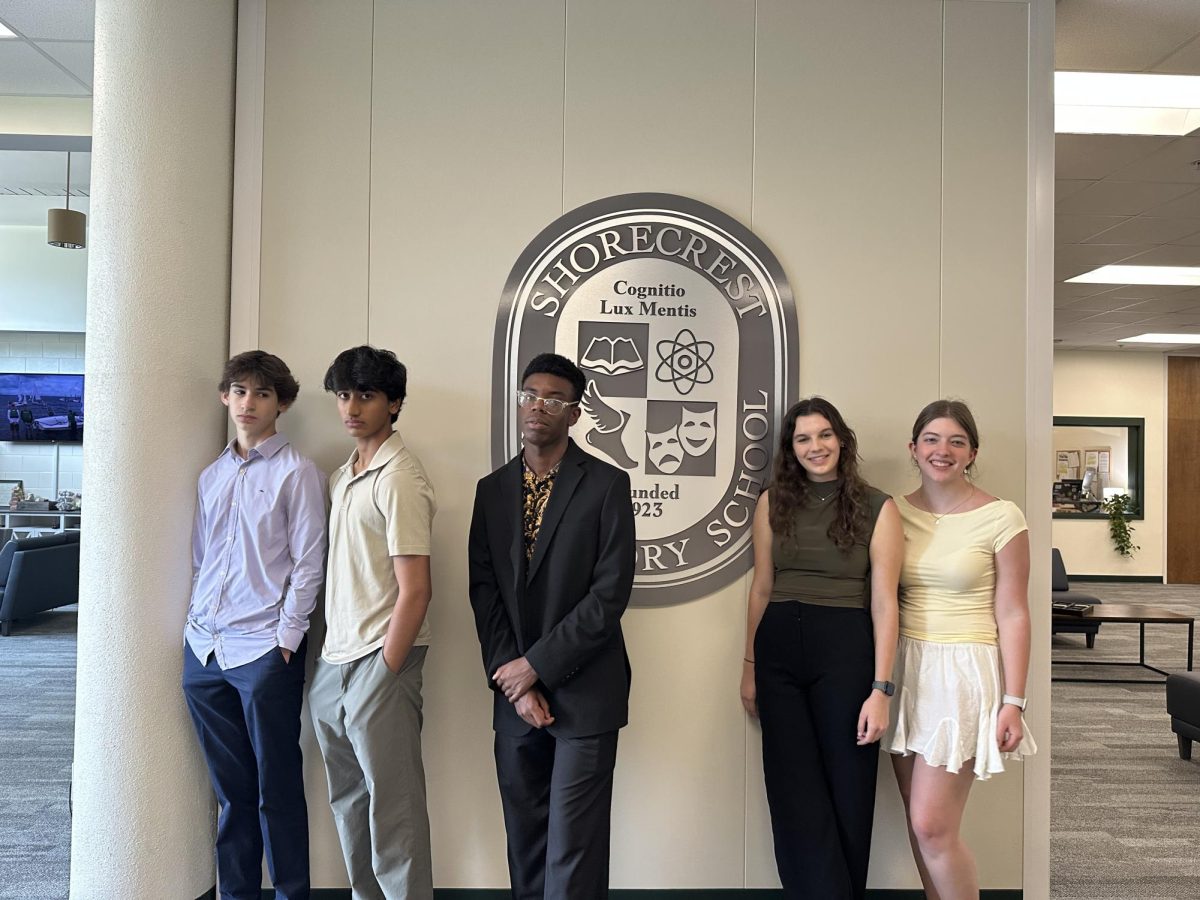
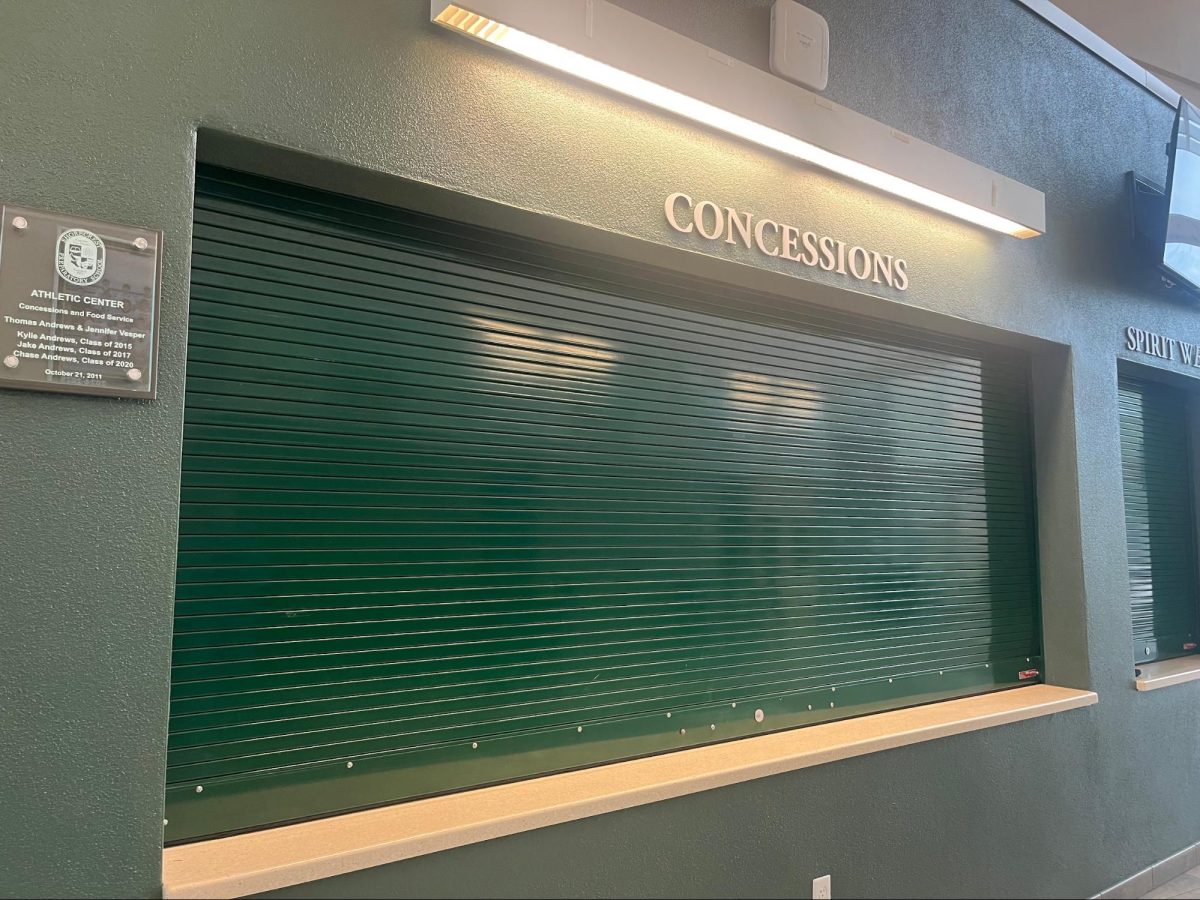





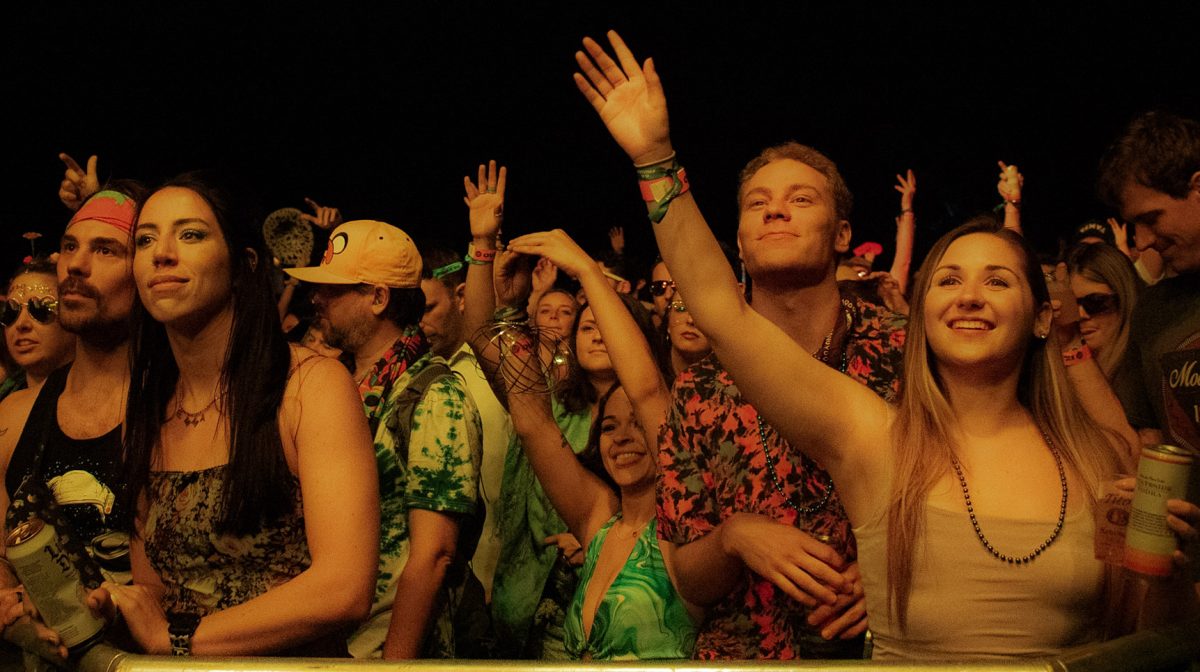


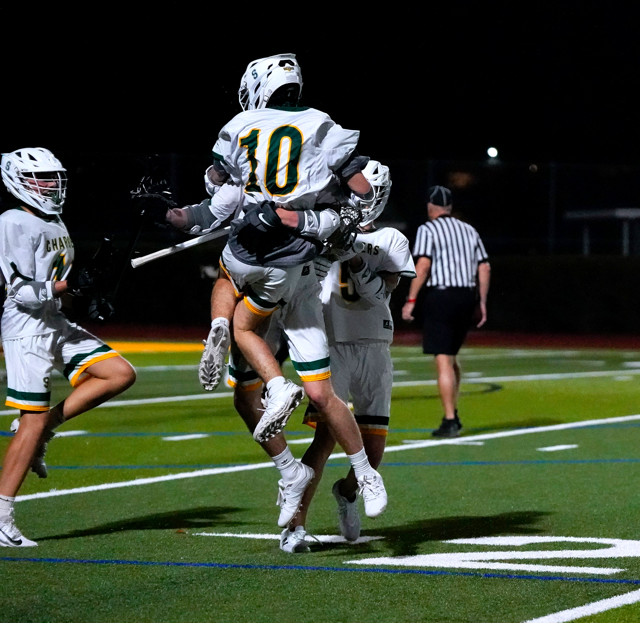
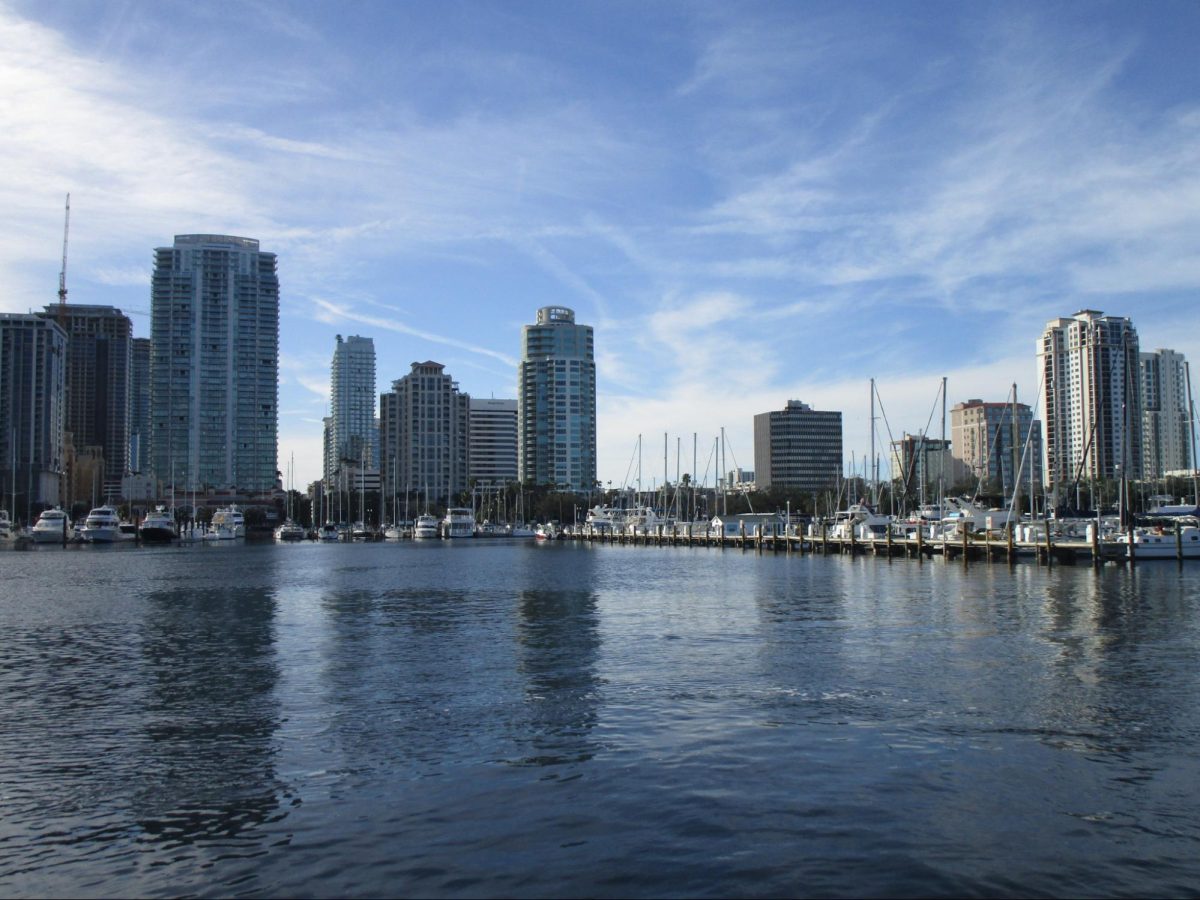
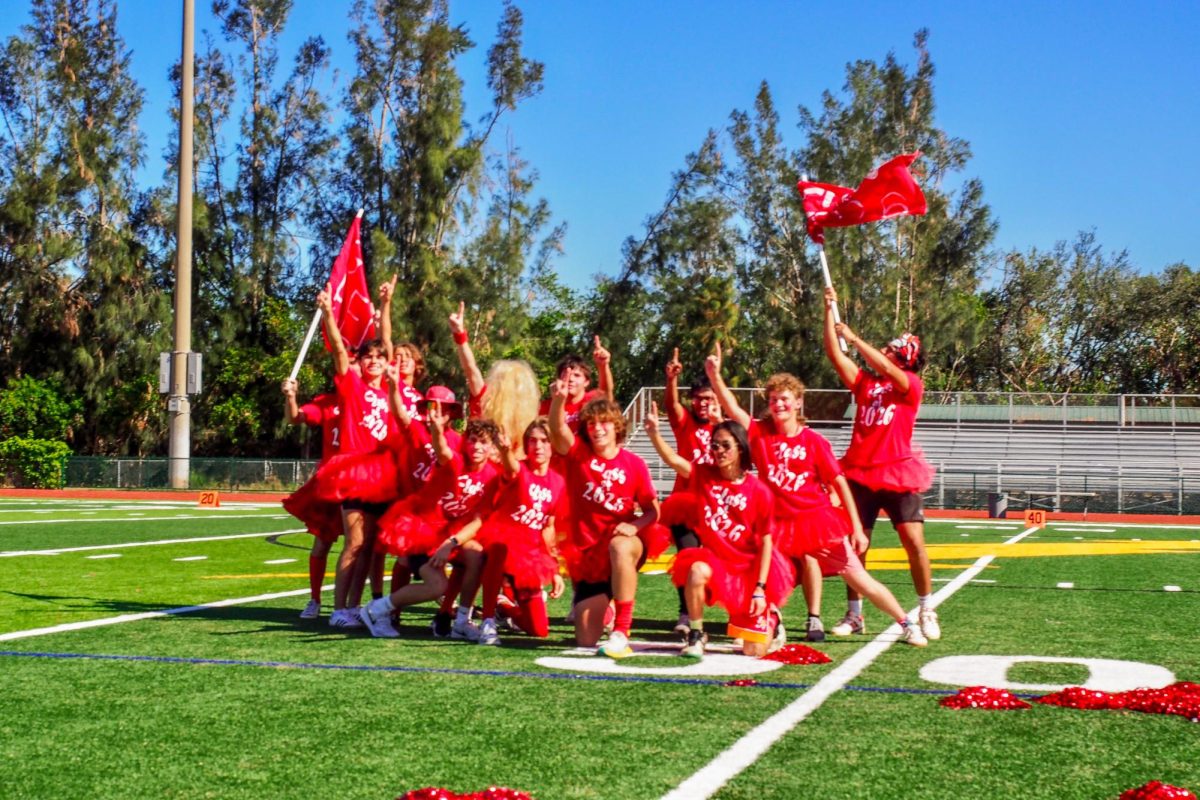
![Thespians pose on a staircase at the District IV Thespian Festival. [Front to back] Luca Baker, Maddison Cirino, Tanyiah Ellison, Alex Lewis, Summer Farkas, Jill Marcus, Ella Mathews, Sanjay Sinha, Isabella Jank, Sofia Lee, Boston Littlepage-Santana, Sally Keane, Tyler Biggar, Tanner Johnson, Jasper Hallock-Wishner, Remy de Paris, Alex Jank, Kaelie Dieter, and Daniel Cooper. Photo by Michael McCarthy.](https://spschronicle.org/wp-content/uploads/2024/12/image1-900x1200.jpg)
